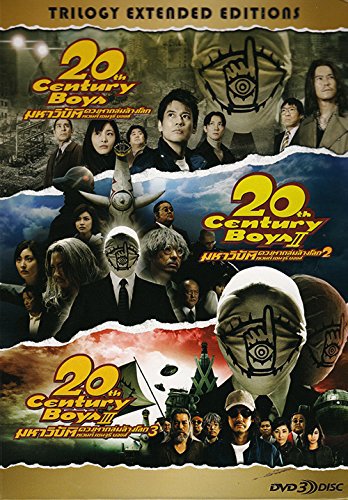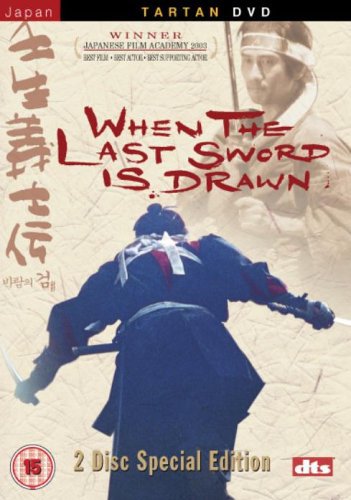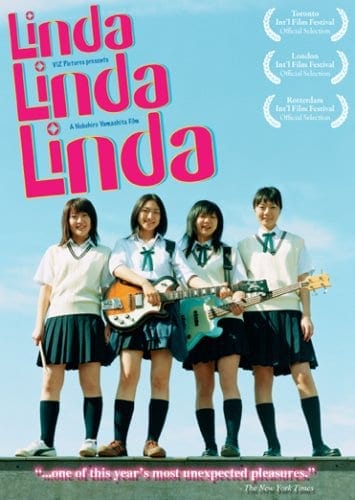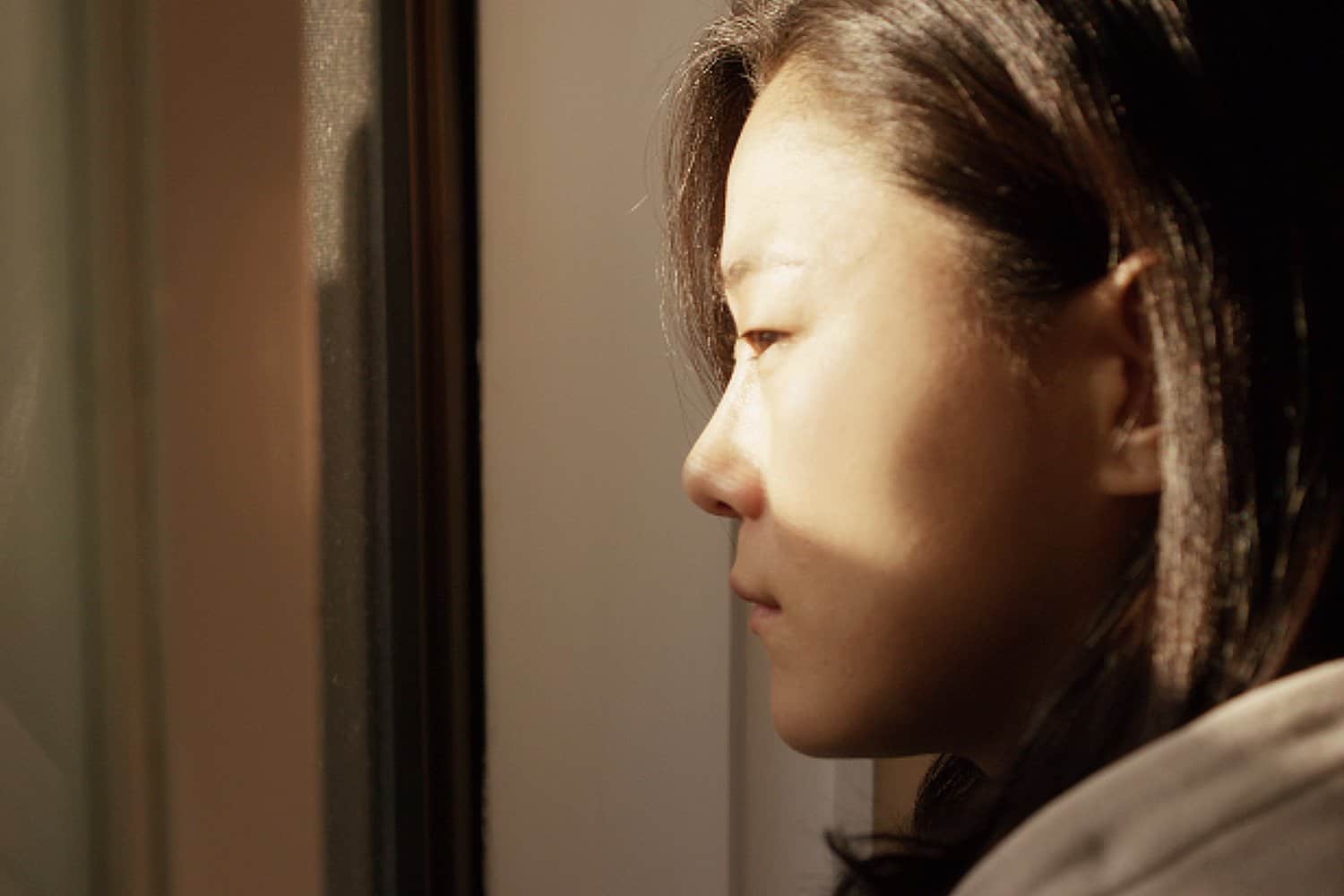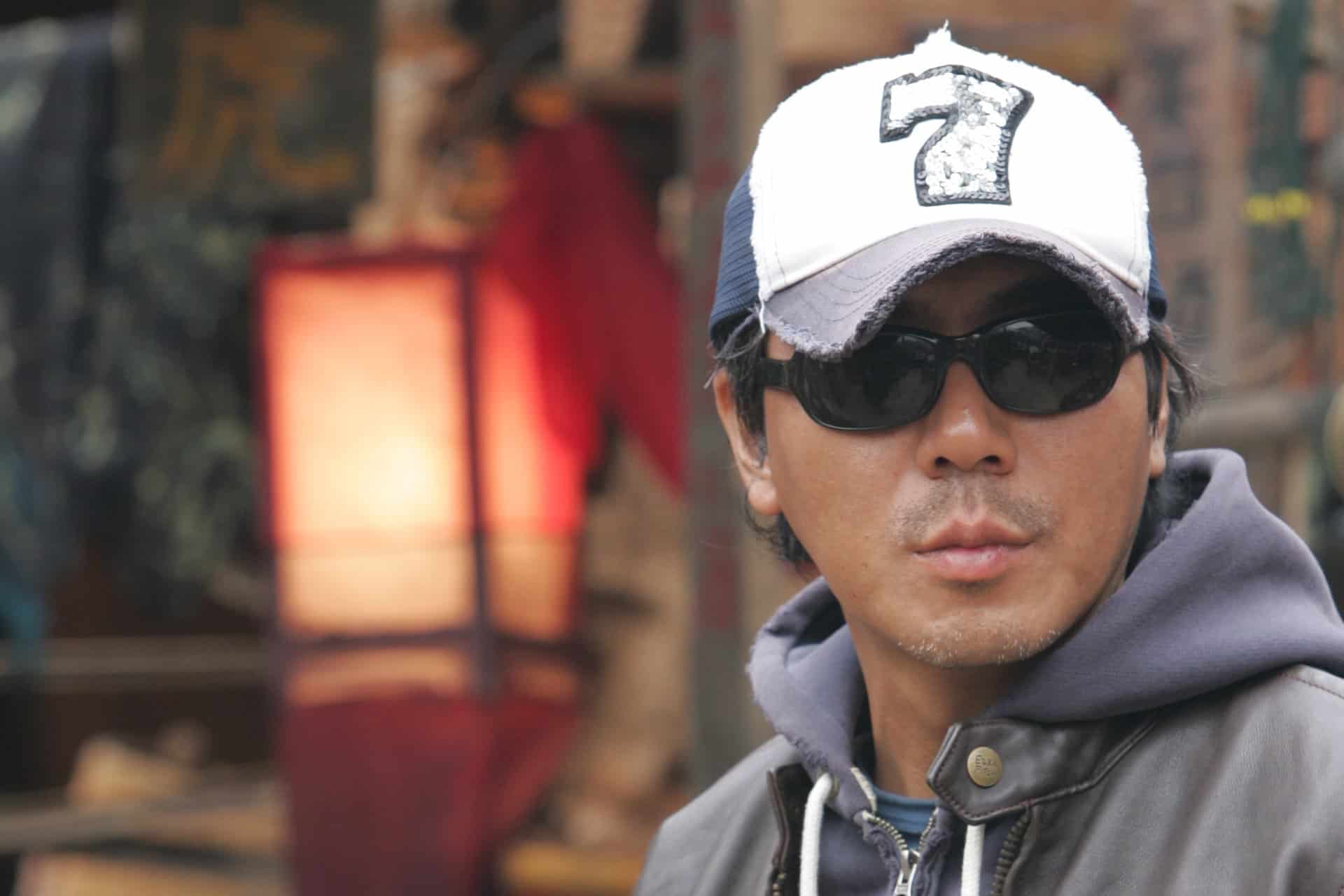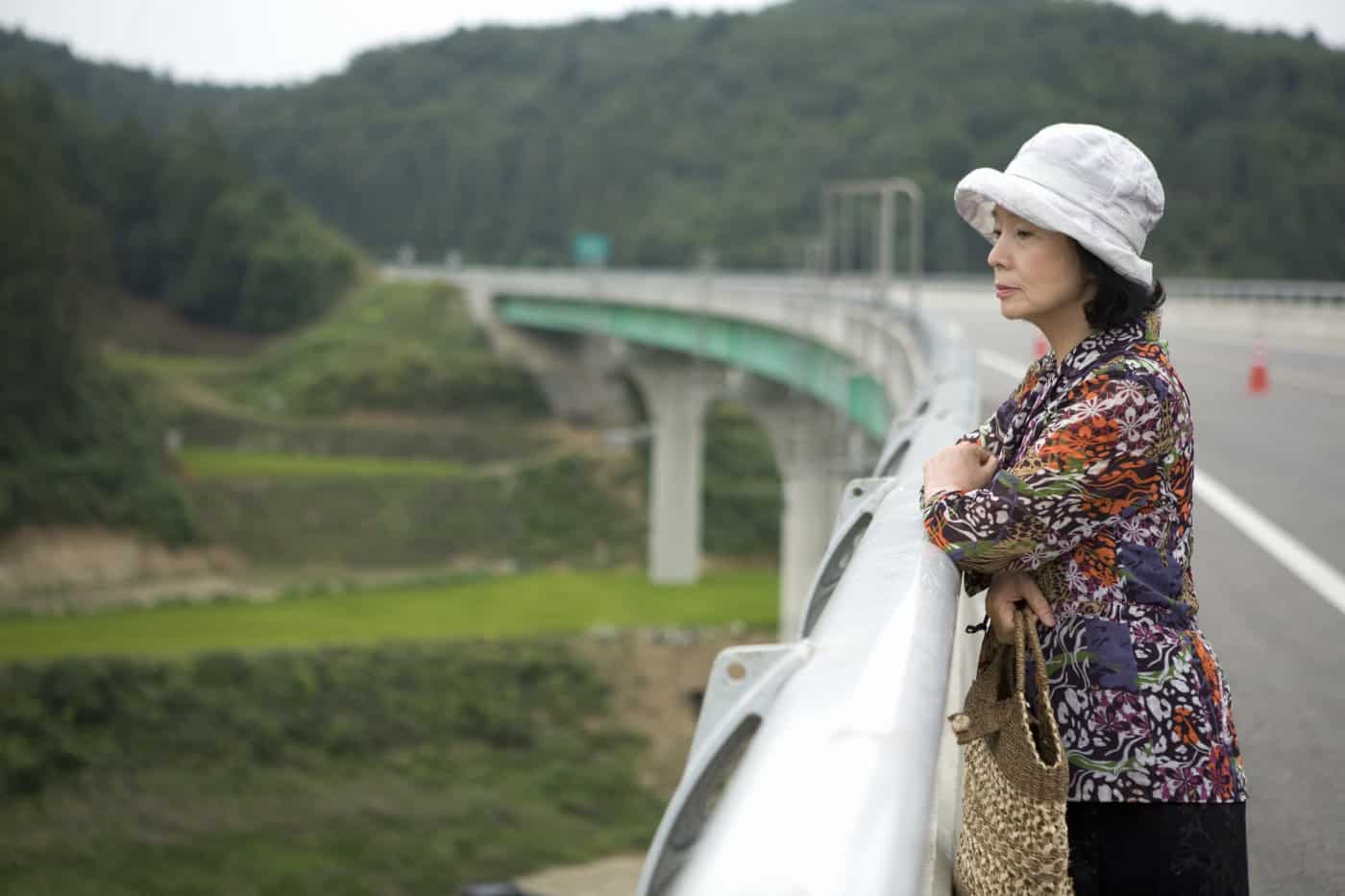31. 20th Century Boys trilogy (Yukihiko Tsutsumi, 2008-2009)
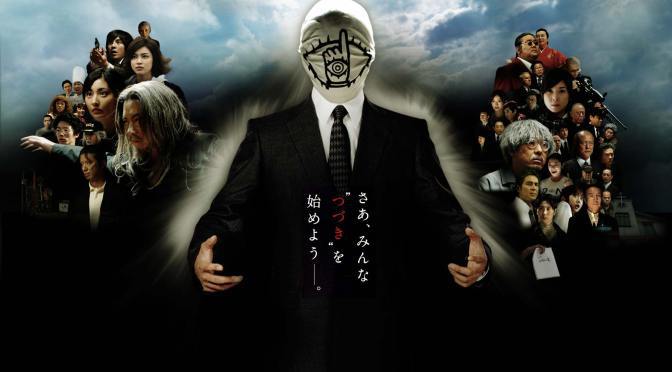
Yukihiko Tsutsumi directed a true masterpiece that benefits the most from the script, the wonderful performances of the entire cast, and the great production values, including the set design and cinematography that make clear in every scene that this is a big budget film. Add to that the humor, action and mystery and you have a film that satisfies every preference.
Buy This Title
32. Sakuran (Mika Ninagawa, 2006)

The film stands apart for its astonishing production values, including the cinematography, costumes, set design and makeup, with vivid colors flooding every scene, resulting in a plethora of magnificent images. Of equal value is the music by Shiina Ringo, with the song “Oiran” standing apart, as is the case with the scene where it is heard.
Buy This Title
33. Blood and Bones (Yoichi Sai, 2004)

Yoichi Sai focuses the film on Shunpei, with the other characters simply revolving around him in order to highlight, through their interactions, his persona. In that fashion, Takeshi Kitano is sublime in the central role, portraying an awful and very violent man, who does not seem to have any shred of kindness or benevolence on him. Sai, through Shunpeir and the impact he has to those around him, injects the film with a distinct and permeating dramatic essence, which focuses on both the extended family and the lives of the Korean immigrants, altough the latter in a definite secondary level.
Buy This Title
 34. When the Last Sword Is Drawn (Yojiro Takita, 2002)
34. When the Last Sword Is Drawn (Yojiro Takita, 2002)
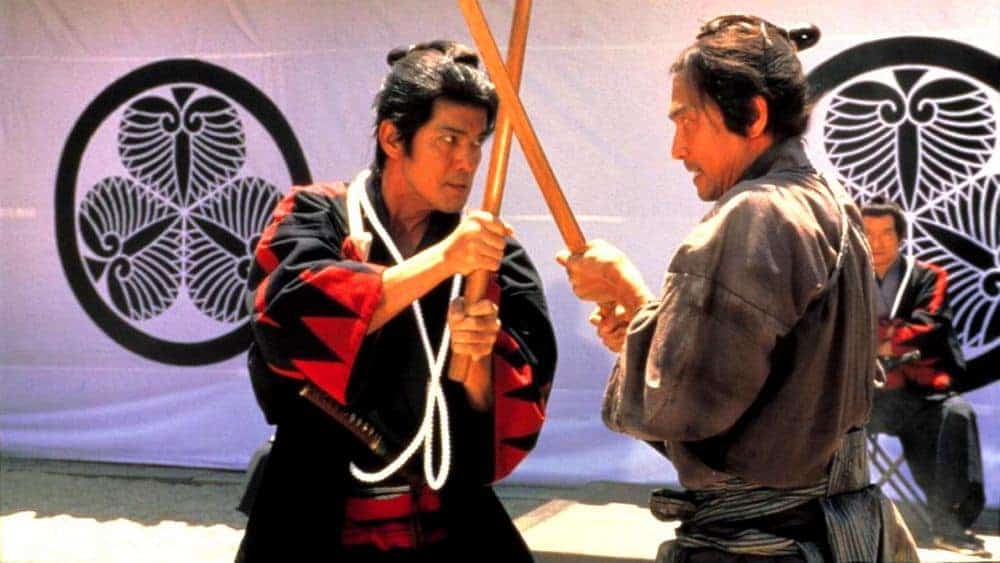
Takita's effort to comment on the events of the era, as much as the place in society samurai and common people held at the time, is his most obvious goal, without, though, allowing his social comments to undermine the script. One of the film's highlight is the analysis of the two central characters, both of which are rather interesting, in completely opposite fashion.
Buy This Title
35. Ghost in the Shell 2: Innocence (Mamoru Oshii, 2004)
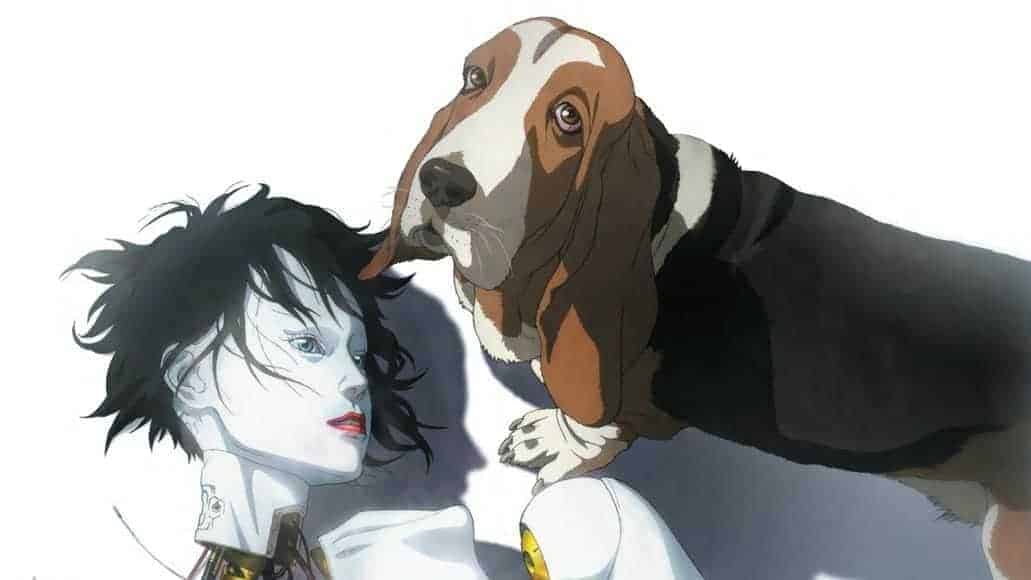
Technically, “Innocence” is a true masterpiece. The drawing, the attention to every detail in both the design and the animation (the movement of the dog is a distinct sample) and the coloring are impervious, and result in a truly impressive spectacle. The action scenes are also great, while the gore element is more stressed than in the original, making these sequences even more impressive. The only fault I found in this department is the many identically-looking enemies during the end, although this tactic is justified through their facial semblance with Motoko.
Buy This Title
36. Howl's Moving Castle (Hayao Miyazaki, 2004)
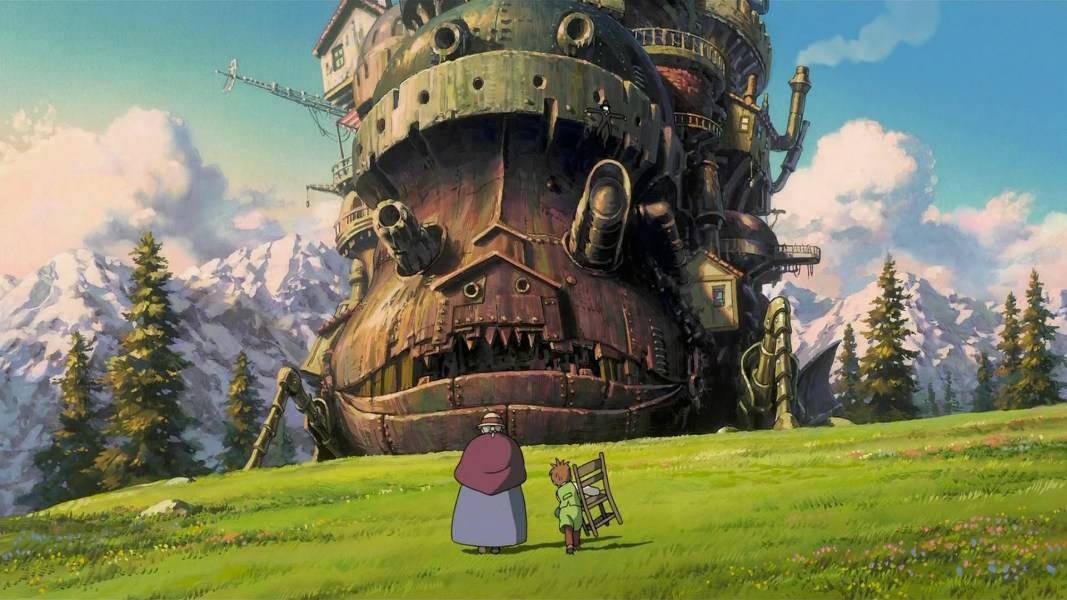
The film moves in the regular combination of surrealism and allegory, highlighting the consequences of war, particularly on children. At the same time, Miyazaki, who shot this film to show his distaste for the 2003 Iraq War, actually shows the idiocy of combat through Madame Suliman, who has only sadistic motives to create conflict. In that fashion, he also showed that the conflicts in the modern world are instigated due to the desires of bloodthirsty people.
Buy This Title
37. Suspect X (Hiroshi Nishitani, 2008)
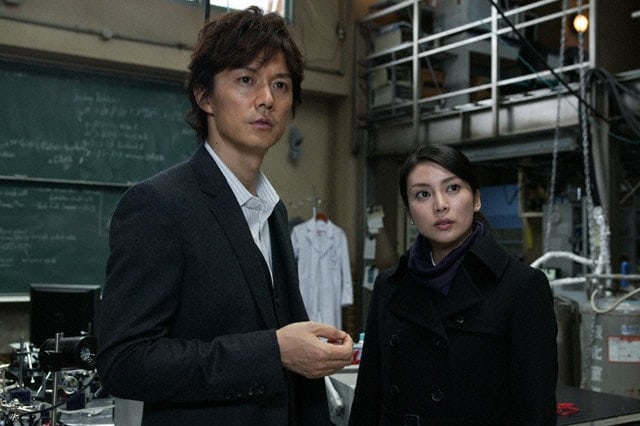
Hiroshi Nishitani captures the atmosphere of the book perfectly, as he presents an elaborate case, which focuses not on the perpetrator, but on the reasons that led him to the crime and Manabu Yakawa's effort to prove Tetsuya Ishigami's guilt.
Buy This Title

38. Linda Linda Linda (Nobuhiro Yamashita, 2005)
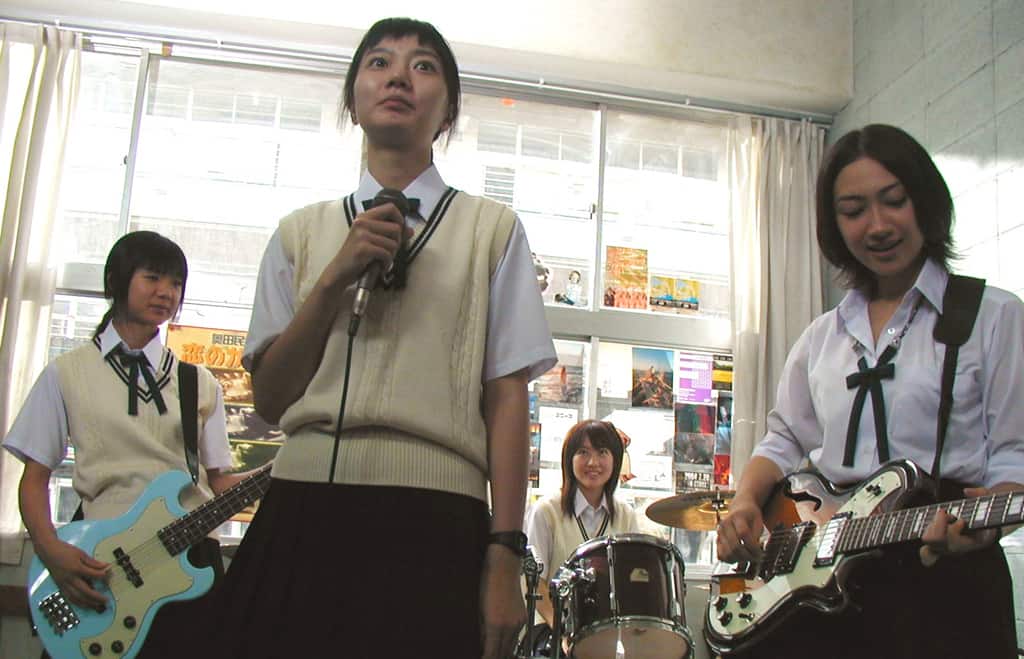
Nobuhiro Yamashita uses the concept of forming a band, in order to present a rather realistic coming-of-age school drama, while he uses the fact that the main singer is a Korean that speaks very little Japanese, to add depth, in a rather delightful movie.
Buy This Title
39. Taste of Tea (Katsuhito Ishii, 2004)

Katsuhito Ishii directs a surreal portrait of a rather eccentric family and the relationships of its members in episodic fashion, all the while drawing the most from the rural setting the story takes place in.
Buy This Title
40. Love Exposure (Sion Sono, 2008)
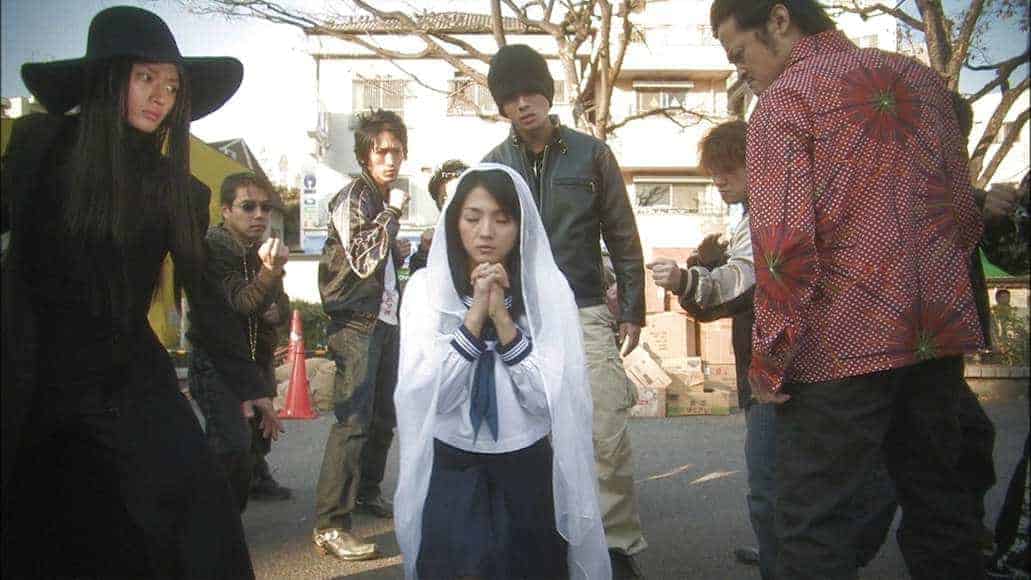
The film revolves around a number of preposterous characters and notions. A fanatic priest forces his son to confess daily. The son, unable to satisfy his father's need for sin, proceeds to become a public underskirt photographer, before he falls in love with a girl who hates men and whose stepmother is about to marry the aforementioned priest. Lastly, there is also a woman who targets the family in order to proselytize them into her cult. Sono incorporates elements of religion, fanaticism, destiny, martial arts, love and homosexuality and blends them with his unique sense of slapstick humor, thus resulting in an absurd yet meaningful film.


